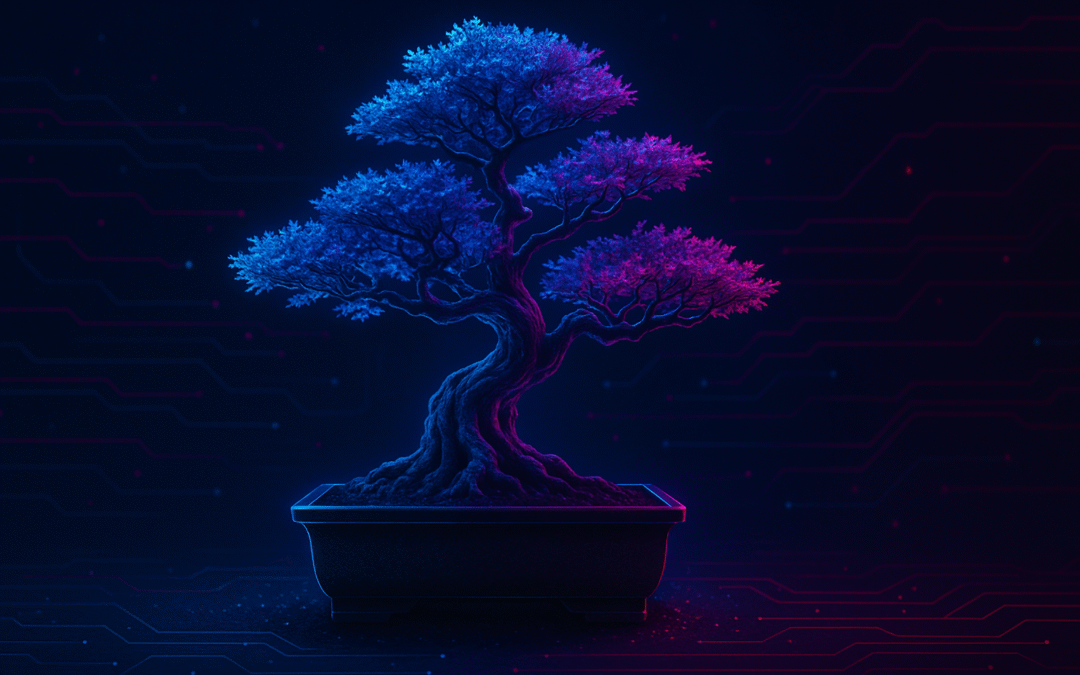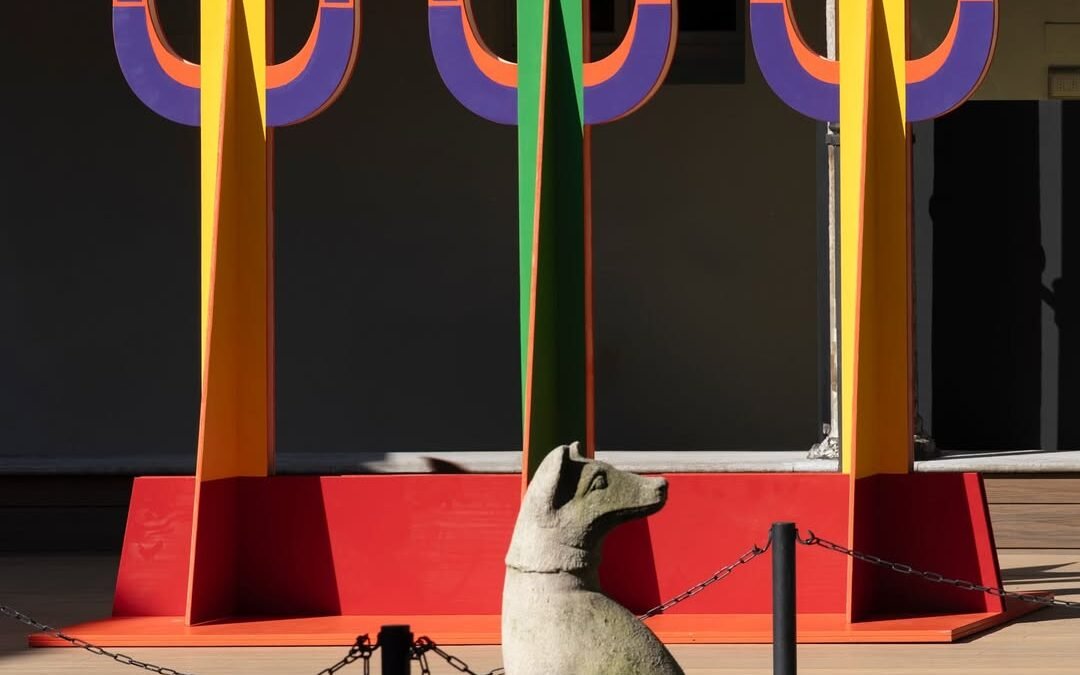Pocket-sized identities and synthetic beauty: why AI dolls are more than just a trend
From Instagram feeds to TikTok timelines, a surreal wave of digital self-reinvention is taking over social media: the AI Doll trend. Using tools like ChatGPT and image generators, users are transforming themselves into toy-like avatars, complete with stylized packaging and exaggerated aesthetics. But beyond the glitter and memes lies a deeper conversation about identity, creativity, and the cost of AI.
How the AI Doll trend works
What began as a playful experiment quickly turned into a full-blown cultural phenomenon. Users upload selfies and pair them with carefully written prompts that instruct generative AI tools on how to create their “mini-me”. These prompts often mimic classic Barbie or Bratz doll packaging, including names, outfits, accessories, and even made-up professions.
The process, though simple on the surface, is a performance in prompt engineering. The results? Ranging from hyperfeminine fashion icons to uncanny robotic figures, AI dolls embody the internet’s love for nostalgia, irony, and curated aesthetics.
Brands like Mario Badescu and even Royal Mail have jumped on the trend, highlighting its viral potential across marketing and entertainment platforms.
Why it’s visually and culturally relevant
The appeal is immediate: nostalgic packaging meets high-gloss perfection. Visually, these AI-generated dolls channel a mix of Y2K revival, futurism, and hyperreality—aesthetic cues that dominate Gen Z and millennial visual culture.
Culturally, the trend plays into broader conversations around digital identity, self-curation, and the gamification of aesthetics. It allows users to reimagine themselves—ironically or aspirationally—while also critiquing the algorithmic beauty standards AI tools tend to replicate.
Social media analyst Jasmine Enberg suggests that AI accelerates both creation and fatigue: “Generative AI makes it easier and quicker for people to create and jump on trends.”
The ethical and environmental concerns
Despite its playful tone, the AI doll trend has sparked concern. Experts warn about the high energy demands of AI data centers and the environmental footprint behind seemingly harmless memes. Professor Gina Neff (Queen Mary University London) points out that content generated by ChatGPT and similar tools consumes enormous electricity—more than entire countries in some cases.
There are also data privacy and copyright issues. Many fear these tools train on copyrighted materials without consent, raising questions about ownership and artistic integrity. As Neff puts it:
“ChatGPT Barbie represents a triple threat to our privacy, our culture and our planet.”
A passing meme or a sign of what’s to come?
Whether you find it cute, creepy, or critically insightful, the AI Doll trend signals a shift in how we engage with self-image, AI technologies, and digital creativity. It blends humor with social commentary, DIY culture with corporate aesthetics, and nostalgia with speculative futures.
But the bigger question remains: Is this just another passing fad, or a glimpse into a world where art, identity, and technology become indistinguishable?





